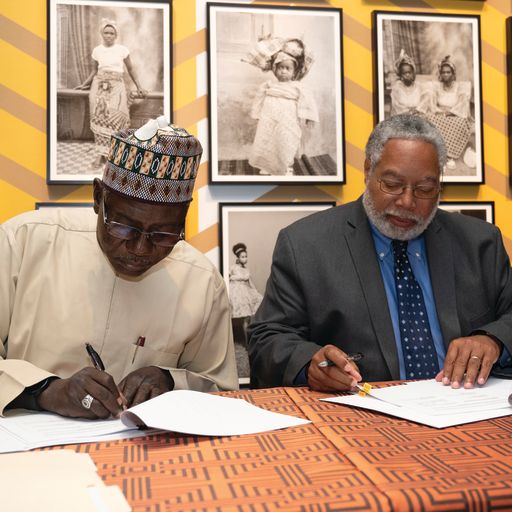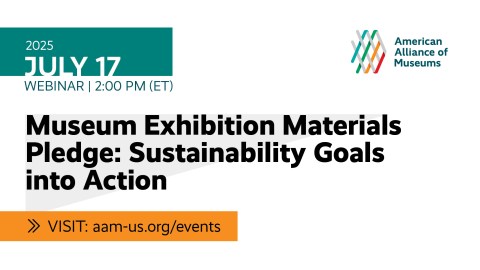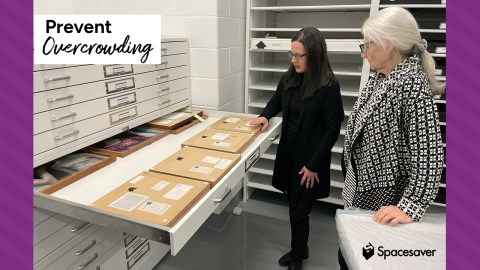
This year’s TrendsWatch report included a short piece about recent shifts in museum practice with regard to voluntary repatriation, restitution, and reparations. AAM’s Museum will delve into the topic more deeply in the November/December issue of the magazine. With this post I am sharing the associated call for content. Article proposals are due by July 7, 2023, and you can submit your pitches via this form.
As the magazine’s editorial calendar notes, topics for this issue might include “voluntary repatriation; new boundaries on legal challenges; state and federal legislation; beyond repatriation–reparations and restitution; ethical considerations; collection stewardship; and museum and source community partnerships.”
I’d be particularly interested to find authors willing to share stories of:
- Working with descendant communities on the voluntary repatriation of cultural heritage. If your museum has undertaken voluntary repatriation (i.e., returns of collection material in situations where such return is not mandated by law), what made you decide to take this step? Did you face any barriers, internal or external, and, if so, how did you overcome these obstacles? What complexities did you navigate in planning and executing the return? How did you build relationships with communities receiving the returned materials, and has that created lasting connections?
- Restitution in the sense of “making things whole.” Has your museum taken actions that help to restore rights, livelihood, authority, or power to descendant communities? This might, for example, involve sharing or ceding authority or power regarding stewardship of collections, or the stories museums tell through exhibits and education.
- Reparative practice—compensating for the damage inflicted on descendant communities, whether by society as a whole or museums specifically. Can you share how your museum has engaged in reparative practice in the form of “restorative history,” restorative practice in support of the cultural and spiritual traditions of descendant peoples, or building economic equity in local communities?
Your pitch may result in an invitation to write an article for Museum, or a guest post for the Alliance blogs. I look forward to seeing your ideas!
–Elizabeth Merritt, VP Strategic Foresight and Founding Director, Center for the Future of Museums, American Alliance of Museums
The Alliance wishes to thank the David Berg Foundation for its generous support of this work.








